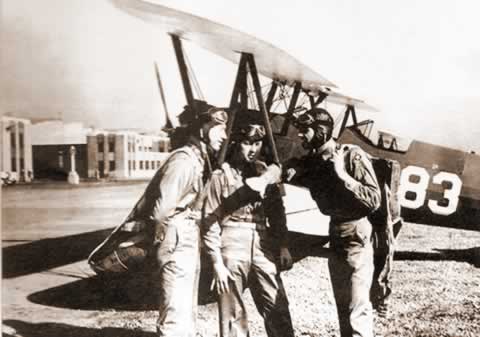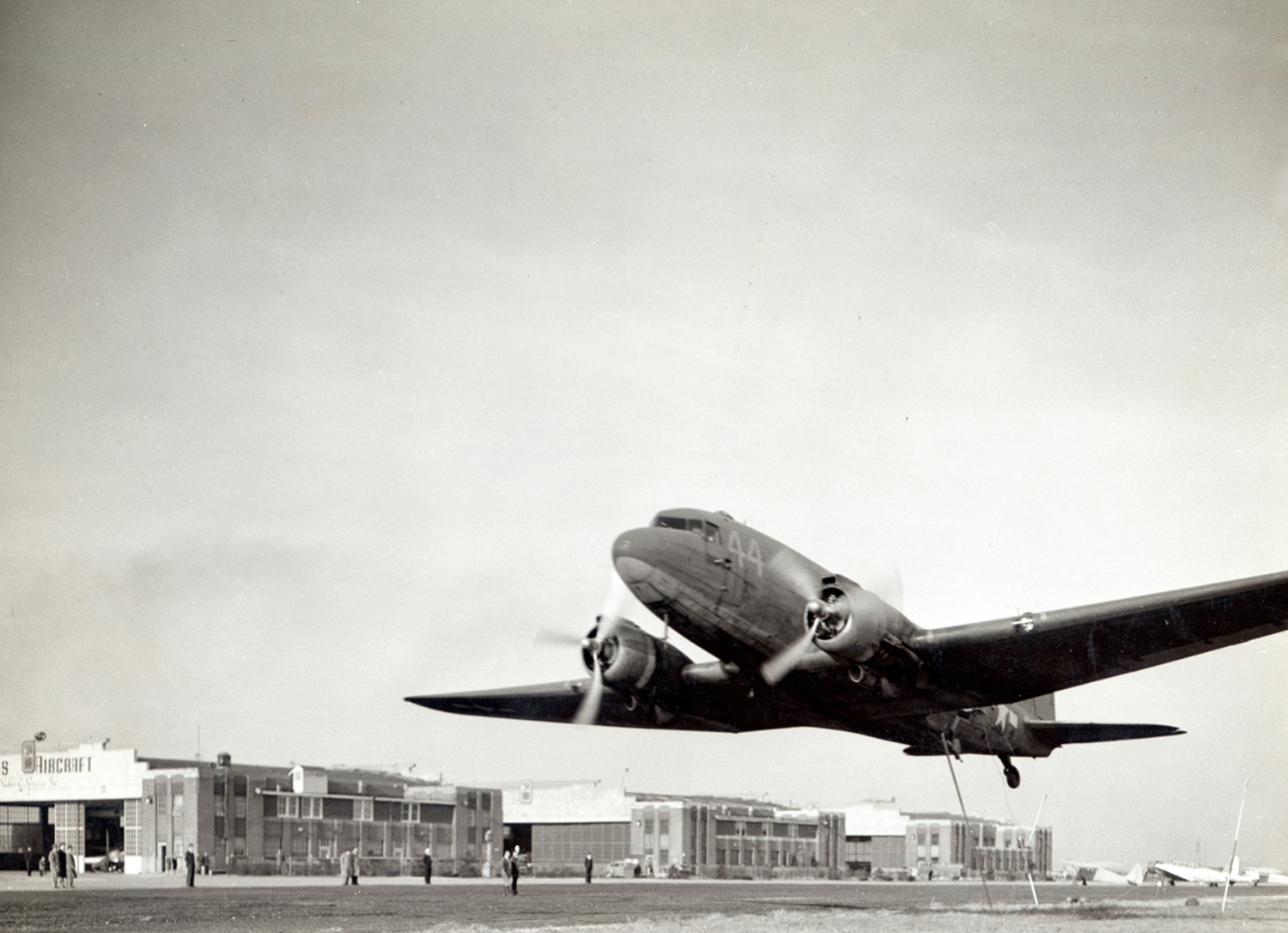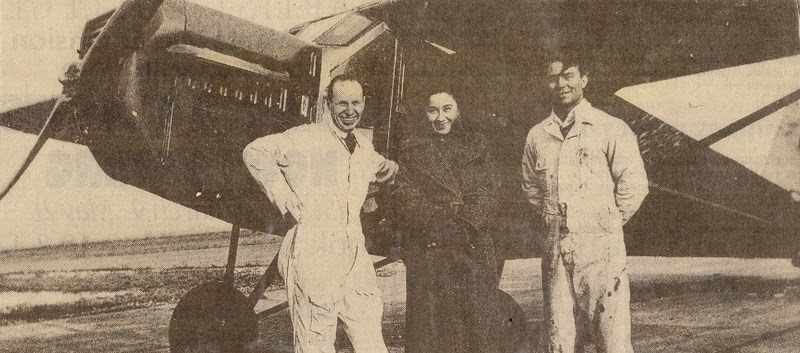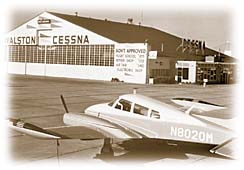“St. Louis Downtown Airport’s story is one of resiliency and continued evolution. Illinois’ most active
airport outside of Chicago, St. Louis Downtown Airport is the premier option for safe, convenient, and private air service in the St. Louis region. As flight operations continue to accelerate and we and our tenants continue to invest in our facilities, we’re excited to become an increasingly important part of the Midwest’s network of airports.”
– Mary Lamie, Executive Vice President of Multi-Modal Enterprises at Bi-State Development
The Convenience of KCPS
St. Louis Downtown Airport works every day to provide its customers with a convenient experience. With a multitude of competitive advantages, there’s a reason KCPS if one of the most successful airports of its state and region. St. Louis Downtown Airport is located minutes away from downtown St. Louis, with direct access to downtown Clayton, MO via Interstate-64. The pilot-friendly airport is home to:
- Single terminal
- Aircraft rental and parking
- Full-service, 24-hour FBO
- Ground transportation or onsite car rental
- Ample land available for development
- Crew and passenger amenities
- Aircraft charter service companies
- Major airframe/powerplant services
Our History
The airport opened in 1929 as Curtiss-Steinberg Airport, later being renamed Curtiss-Parks Airport in 1940, followed by Parks Metropolitan Airport later that same year. The airport served as a pilot training airfield during World War II, with Parks Air College conducting basic flying training primarily in Fairchild PT-19s. The airport closed in 1959 and reopened six years later as Bi-State Parks Airport, upon being purchased by Bi-State Development. It was renamed St. Louis Downtown-Parks Airport in 1984 and received its current name in 1999, as the airport sought to emphasize its easy accessibility to downtown St. Louis.
Today, St. Louis Downtown Airport (KCPS) is one of the most active airports in the region. Though rich in history (two of the airport’s original four hangars, Hangars One and Two, are currently listed on the National Register of Historic Places), St. Louis Downtown Airport is dedicated to building on its bold future. Learn more about our history here.





